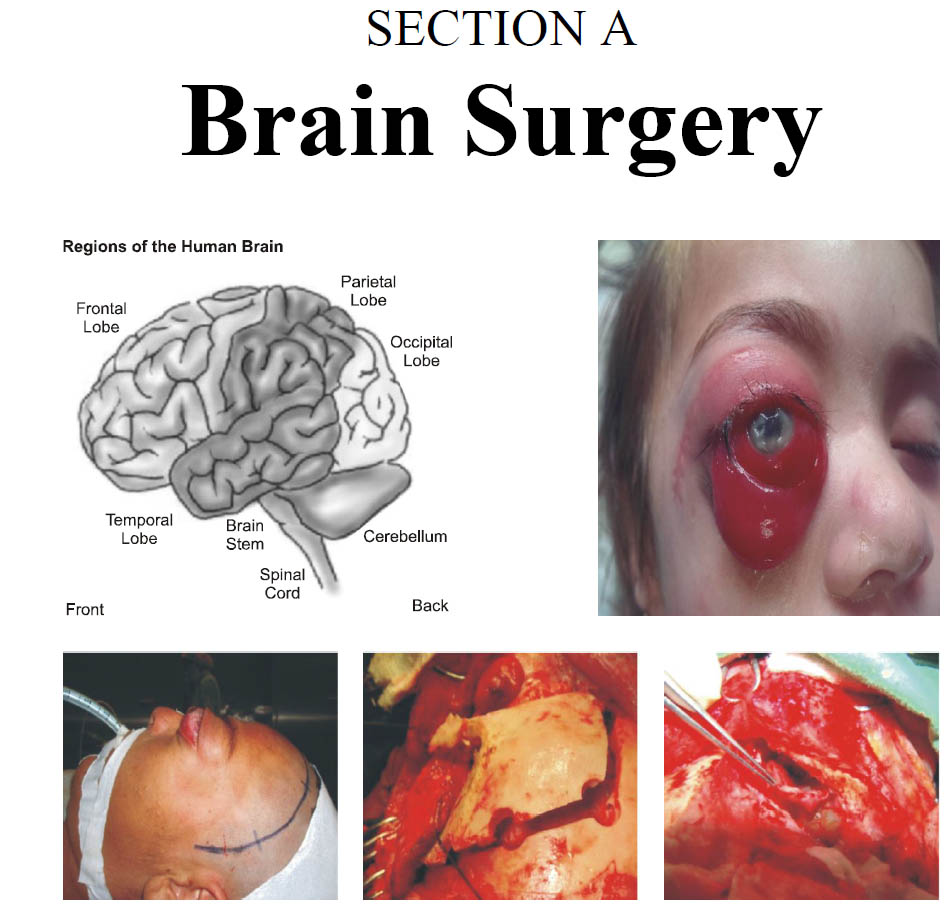Outcome of Microsurgical Clipping of Ruptured Anterior Circulation Aneurysms
DOI:
https://doi.org/10.36552/pjns.v23i4.383Keywords:
Aneurysms, complications, subarachnoid hemorrhageAbstract
Objective: The objective of the study was to analyze the operative outcome of microsurgical clipping in Ruptured Anterior Circulation Aneurysms.
Materials and Methods: Twenty patients with Ruptured Anterior Circulation aneurysms were treated with surgical clipping. All the patients were evaluated pre-operatively according to Hunt & Hess and WFNS grading scales. Patients with grade I, II, and III were operated. All the aneurysms were clipped through Pterional approach under General anesthesia and Yasargil Aneurysm clips of appropriate sizes were used in each patient. Outcome was analyzed according to Glasgow Outcome Scale at the end of six months of follow up in each patient.
Results: In this series of twenty cases, the mean patient age was 49 years. Lesion location included, the ACA/A. Com 55% (n = 11), the Middle Cerebral artery 25% (n = 5), P. Com 15% (n = 3), Ophthalmic artery 5% (n = 1). Sex distribution, female 55% (n = 11) and male 45% (n = 9). Per-operative complications, rupture of aneurysm 20% (n = 4), and damage to perforating branches of MCA 5% (n = 1).
Conclusions: Surgical clipping still is the most efficient treatment of Ruptured Anterior Circulation aneurysm at the beginning of the new millennium. Anterior Communicating Artery is the commonest location of aneurysms. Major determinants of outcome are Hunt & Hess, WFNS grades on admission and the age of the patient.
References
2. Khan NZ, Iqbal Z. Cerbrovascular disease, increasing incidence of primary intra cerebral haemorrage: a preliminary report of 100 cases. Pak J Neurol. 1999; 5: 45-9.
3. Sekhar LN, Heros RC. Origin, growth, and rupture of saccular aneurysms; a review. Neurosurgery, 1988; 8: 248-60.
4. Fayyaz M, Hassan MA, Attique MH. Risk factors and early prognosis in stroke. Ann KE Med Coll. 1999; 5: 12-5.
5. Chicoine MR. Microsurgery and clipping: the gold standard for treatment of intracranial aneurysms. J Neurosurg Anaesthesiol. 2003; 15: 61-3.
6. Ogungbo B, Gregson BA, Blacburn A, Mendelow AD. Newcastle subarachnoid study group. Trends over time in the management of subarachnoid haemorrhage in Newcastle” review of 1609 patients. Br J Neurosurg. 2001; 15: 388-95.
7. Wong SH, Yeo TT, Seow WT, Tan KK, Ong PL. Spontaeous subarachnoid haemorrhage and Outcome. Results from Tan Tock Seng Hospital, Singapore. Singapore Med J. 1999; 40: 463-74.
8. Ruganovic Z, Pavlicevic G. Factors influencing the outcome after the operative treatment of cerebral aneurysm of anterior circulation. Military Medical Academy, Belgrade. Vojnosanit-Pregl. 2002; 59: 463-71.
9. Raja IA, Javaid MA. Aneurysm surgery in Pakistan 5th International Workshop on cerebrovascular surgery (5th IWCVS) March, 3-5 1997, Kyushu University Japan: 131.
10. Salah-ud-Din T, Hussain A, Khurshid M. Management of Intracranial aneurysms, Review of 25 cases of SAH. Pak J Neurol. 1995; 2: 2121-22.
11. Ghani MA, Javaid MA, Rashid U, Ayub A. A study of Intracranial aneurysm. Pak J Neurol. 1996; 2: 48-51.
12. Sim JH. Intracranial aneurysm in Korea. 5th International workshop on cerebrovascular surgery program and abstracts book Fukoka, Japan, 1997: 129-30.
13. Lee LS. Aaneurysmal subarachnoid haemorrhage in Taiwan International Workshop on Cerebrovascular Surgery. Program and Abstracts Fukoka, Japan, 1997: 124.
14. Korol AP Sons AS, Klaoupic LE, Chomitskaya TV. Microsurgical results of anterior circulation aneurysms Final programme and abstract book The 4th Asian Ocean International Congress of Skull Base Surgery; Islamabad – Pakistan, 1997: 124.
15. Park SK, Kwon SC, Lee SU, Kwon JD: Surgical management outcome of patients with ruptured anterior communicating artery aneurysms. 5th International workshop on cerebrovascular surgery. Program and abstracts book Fukoka, Japan, 1997: 129.
16. Kinouchi H and Mizoi K. Aneurysms of middle cerebral artery. The 3rd Asian conference of neurological surgeons: programs & abstracts. Nagoya, Japan, 2000: 22.
17. Eldridge PR: Anterior circulation aneurysm In: Neurosurgery. Palmer JD (ed). New York; Churchill Livingstone, 1996: 440-46.
18. Ruptured giant intracranial aneurysms part II. A retrospective analysis of timing and outcome of surgical treatment. David G. Piepgras, ViniG. Khurana and Jack P. Whishant. Journal of Neurosurgery, March, 1998.
19. Ruptured intracranial aneurysms: The outcome of surgical treatment of experienced hands in the period prior to the advent of endovascular coiling. J Lafuente, RS Maurice-Williams. J Neurol Neurosurgery Psychiatry, 2003.
20. Distal anterior cerebral artery aneurysms: Treatment and outcome analysis of 501 patients. Martin Lehecka, Hanna Lehto, Mika Niemda, SeppoJuvela, Reza Dashti, Timo Koinisto, Antti Ronkainen, Takko Rime, Juha E. Jaaskelainen, Juha A. Hernesnieme. 5 Neurosurgery, Volume 62, March, 2008.

Downloads
Published
Issue
Section
License
The work published by PJNS is licensed under a Creative Commons Attribution-NonCommercial 4.0 International (CC BY-NC 4.0). Copyrights on any open access article published by Pakistan Journal of Neurological Surgery are retained by the author(s).












